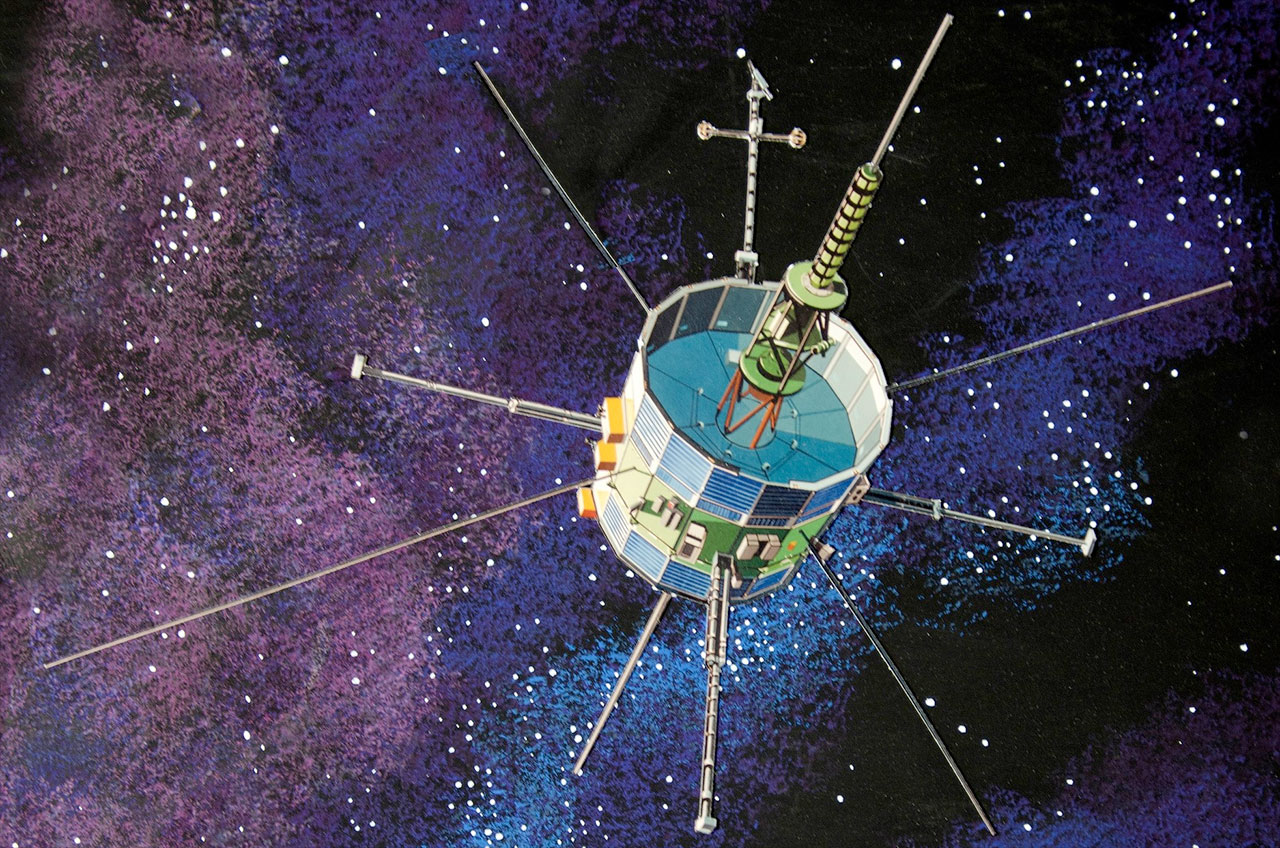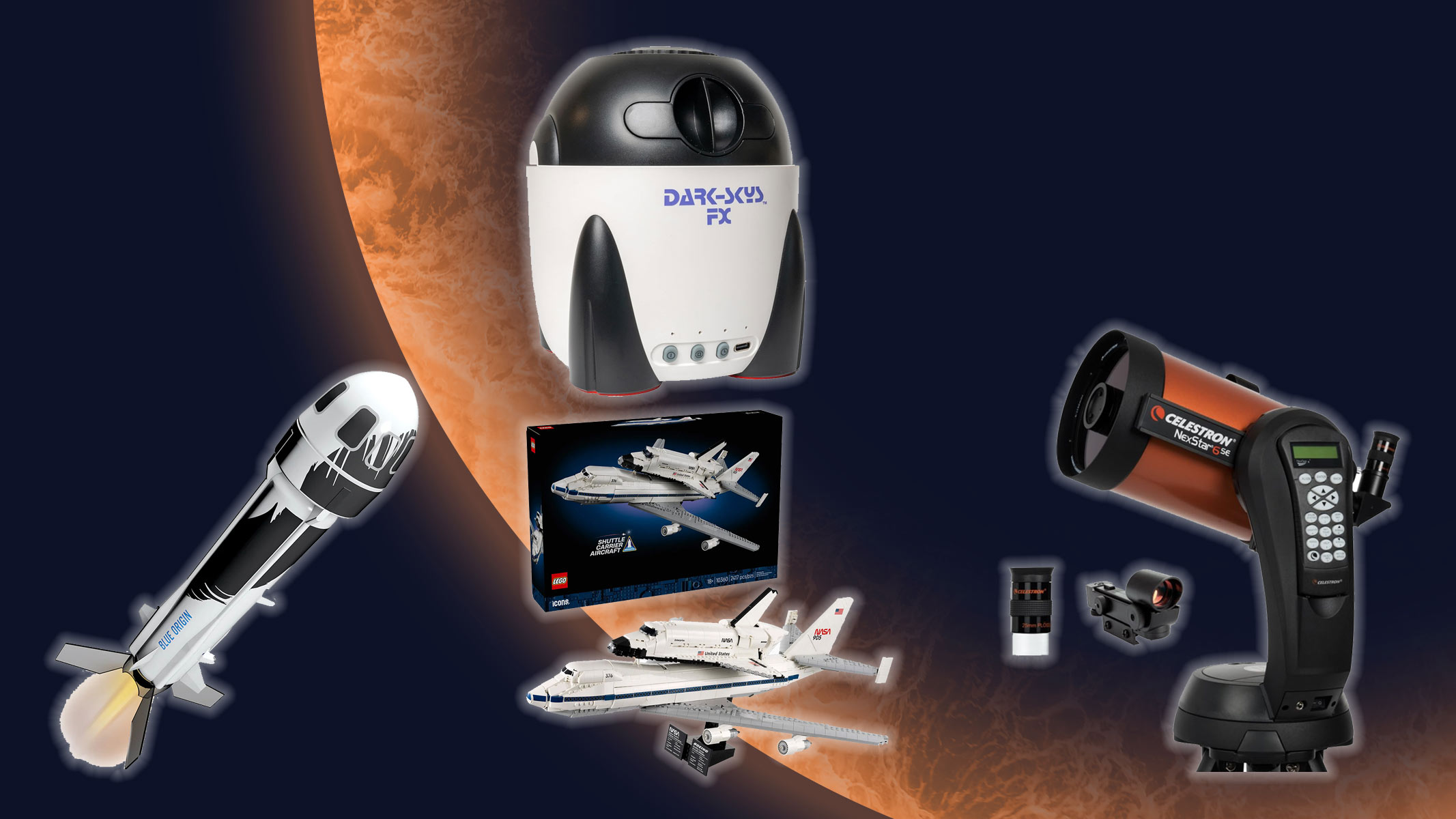Vintage NASA Probe Out of Gas, But Still Alive, Private Team Says

Alas, ISEE-3 spacecraft, we almost caught you. Attempts to move a 36-year-old NASA probe closer to Earth have failed, but only because the vintage spacecraft is simply out of gas, according to the team of volunteer engineers now controlling the spacecraft.
The spacecraft, called the International Sun-Earth Explorer 3 (ISEE-3), has run out of vital nitrogen gas needed to pressurize its propulsion system, according the private team of engineers.
The team, which calls itself the ISEE-3 Reboot Project, has spent recent weeks puzzling through an issue that shut down attempts to send the ISEE-3 spacecraft on a new trajectory on July 10. With all options exhausted, the team now plans to do science in a different location instead.
"We have completely accomplished all of our original goals except for one: firing the ISEE-3 propulsion system in a sufficient fashion to alter its trajectory," project co-leaders Keith Cowing and Dennis Wingo wrote in a mission update posted to the project's website on July 24.
"Thirty-six years and more than 30 billion miles have taken its toll on the spacecraft's propulsion system," they added. "We have exhausted every option to bring the engines online so as to conduct the correction maneuver required to place it in its planned orbit. Without the pressurant (the nitrogen gas), it just won't work."
Out of gas
The group suspected they were out of gas when the spacecraft's valves responded to commands, but no acceleration was detected. They threw out questions to all followers of their mission (affectionately dubbed "the Borg" after a fictional alien species on TV's "Star Trek" that assimilated others into a collective), which included propulsion experts that had other ideas.
Breaking space news, the latest updates on rocket launches, skywatching events and more!
Some suspected there might be pressurant available, but subsequent troubleshooting efforts yielded no success.
The group was working as fast as they could because the amount of gas required to move the spacecraft increased as the weeks went on. In previous interviews, Cowing said that late in July it would be very hard to do the maneuver due to propulsion requirements.
The original plan had been to put ISEE-3 to Lagrange point 1, a stable point in space, between the Earth and the sun. Instead, the spacecraft will loop past the moon and continue in an orbit around the sun "nearly identical to Earth's", the leaders wrote.
"We have begun the process of shutting down systems that are no longer needed and reconfiguring ISEE-3 to maximize science operations. We are also implementing plans that will allow us to listen to its science data no matter where it goes."
New science mission starts in August
The spacecraft will start its science mission on Aug. 10. Enough of the 13 instruments on the spacecraft are functioning for ISEE-3 to do this work, and "new partnerships" will soon be announced for citizen science work, the leaders said.
Crowdfunders contributed nearly $160,000 to the spacecraft on the website RocketHub to support its work. ISEE-3 was launched in 1978 with intentions to look at how the sun's solar wind interacts with the Earth's magnetic field.
It was later tasked with looking at how the solar wind influences cometary atmospheres, examining the tail of Comet Giacobini-Zinner in 1985 and also Halley's Comet in 1986. The NASA and European Space Agency spacecraft was then put into hibernation in 1998.
The ISEE-3 Reboot Project took control of the spacecraft in May under a Space Act Agreement with NASA, and the authorization period for communications has been extended several times since then.
Follow Elizabeth Howell @howellspace, or Space.com @Spacedotcom. We're also on Facebook and Google+. Original article on Space.com.

Elizabeth Howell (she/her), Ph.D., was a staff writer in the spaceflight channel between 2022 and 2024 specializing in Canadian space news. She was contributing writer for Space.com for 10 years from 2012 to 2024. Elizabeth's reporting includes multiple exclusives with the White House, leading world coverage about a lost-and-found space tomato on the International Space Station, witnessing five human spaceflight launches on two continents, flying parabolic, working inside a spacesuit, and participating in a simulated Mars mission. Her latest book, "Why Am I Taller?" (ECW Press, 2022) is co-written with astronaut Dave Williams.
